Home>Gardening & Outdoor>Landscaping Ideas>How To Get Rid Of Tall Fescue Without Killing Grass
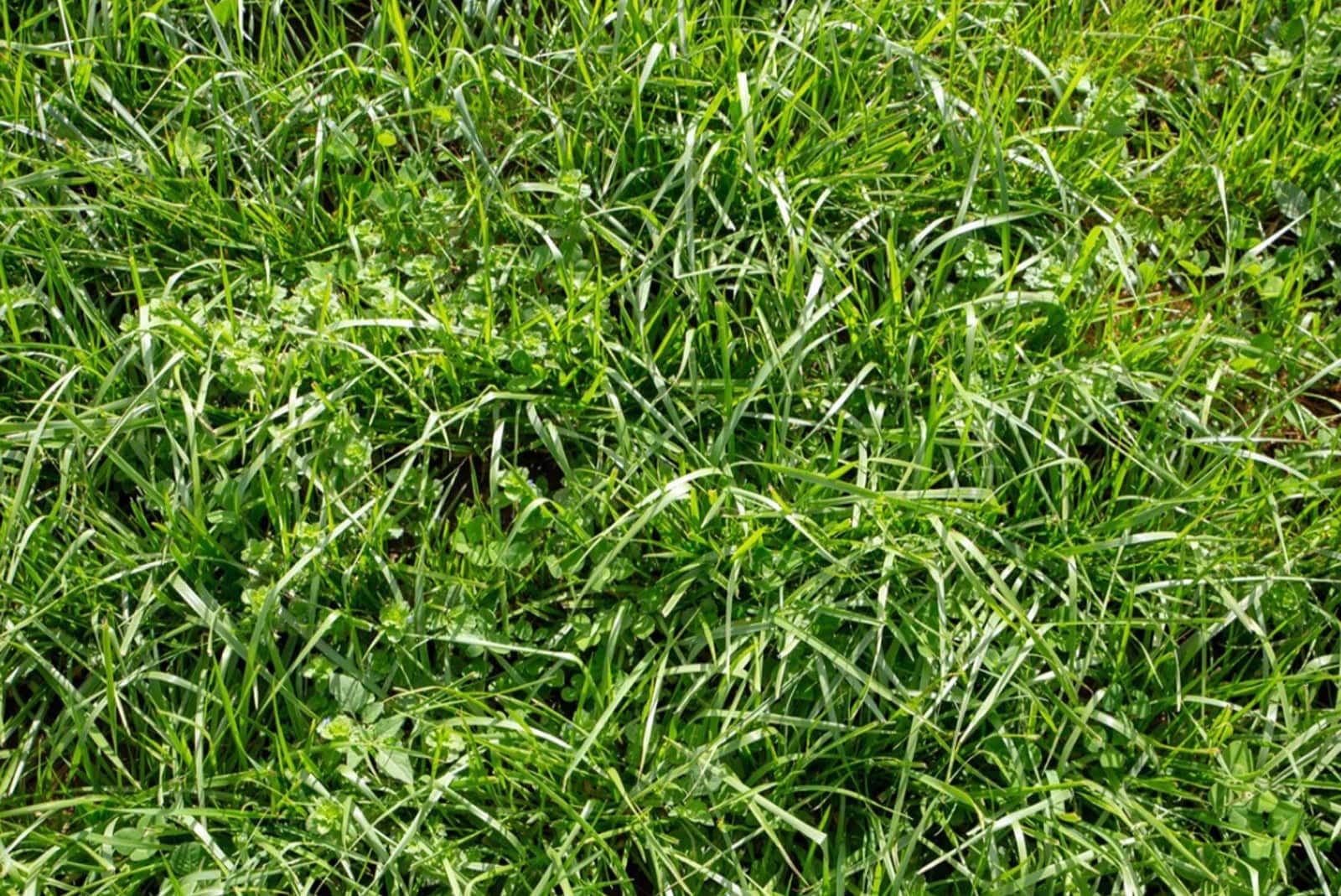

Landscaping Ideas
How To Get Rid Of Tall Fescue Without Killing Grass
Published: January 27, 2024
Learn effective landscaping ideas to eliminate tall fescue without harming your grass. Discover safe methods for a healthy lawn.
(Many of the links in this article redirect to a specific reviewed product. Your purchase of these products through affiliate links helps to generate commission for Storables.com, at no extra cost. Learn more)
Introduction
Are you struggling with tall fescue invading your lawn or garden? While tall fescue is a hardy and resilient grass variety, its aggressive nature can pose challenges for those seeking a uniform and well-maintained lawn. However, it's important to note that eliminating tall fescue doesn't have to mean sacrificing the rest of your grass. In this comprehensive guide, we'll explore effective methods for removing tall fescue without harming the surrounding grass, ensuring that your lawn remains lush and healthy.
Tall fescue, known for its adaptability and durability, often finds its way into lawns and landscapes, presenting a formidable obstacle for homeowners and garden enthusiasts. Understanding the nature of tall fescue and how to identify it is crucial in effectively addressing its presence. Furthermore, implementing the right techniques to remove tall fescue and prevent its re-growth is essential for achieving long-term success in maintaining a pristine lawn.
In this article, we will delve into the characteristics of tall fescue, discuss methods for identifying and removing it, and explore strategies for preventing its re-emergence. By the end of this guide, you will be equipped with the knowledge and techniques necessary to reclaim your lawn from the clutches of tall fescue, allowing your desired grass to thrive once more. Let's embark on this journey to restore the beauty of your lawn while preserving the health of your grass.
Key Takeaways:
- Say goodbye to tall fescue without harming your grass! Learn to identify, remove, and prevent its re-growth for a lush, uniform lawn.
- Master the art of reclaiming your lawn from tall fescue. Use targeted removal methods and proactive prevention to let your desired grass thrive.
Read more: How To Get Rid Of Tall Fescue Grass
Understanding Tall Fescue
Tall fescue (Festuca arundinacea) is a cool-season grass that is valued for its ability to withstand a variety of environmental conditions, making it a popular choice for lawns, parks, and sports fields. This grass species is known for its deep roots, which enable it to survive drought conditions and outcompete other grasses. While these characteristics make tall fescue a desirable option in certain settings, its aggressive growth and tendency to form clumps can lead to an unsightly and uneven lawn when it encroaches on other grass varieties.
One of the key features of tall fescue is its deep green color and coarse texture, which can create a stark contrast when it infiltrates lawns dominated by finer grass types. Additionally, tall fescue exhibits a vigorous growth habit, often spreading through its extensive root system and producing seeds that contribute to its persistence in the landscape. These traits, while advantageous in specific contexts, can make tall fescue a nuisance when it encroaches on desired grass species.
It’s important to recognize that while tall fescue can be visually appealing in certain settings, its presence in lawns where a different grass variety is preferred can detract from the overall aesthetic and uniformity. Understanding the distinct characteristics of tall fescue is crucial for effectively identifying and addressing its encroachment in your lawn or garden. By familiarizing yourself with the unique traits of this grass species, you can develop targeted strategies to manage and remove it without causing harm to the surrounding grass.
As we delve deeper into the methods for identifying and removing tall fescue, it’s essential to grasp the nuances of this resilient grass variety. By gaining a comprehensive understanding of tall fescue, you will be better equipped to tackle its presence in your landscape, restoring the visual appeal and health of your lawn while preserving the integrity of your desired grass species.
Identifying Tall Fescue
Recognizing tall fescue amidst a variety of grass species is essential for effectively addressing its presence in your lawn or garden. While the distinct characteristics of tall fescue can vary depending on factors such as climate and soil conditions, there are several key features to look for when identifying this resilient grass species.
One of the primary visual indicators of tall fescue is its coarse texture and deep green color. When compared to finer grass varieties commonly found in lawns, such as Kentucky bluegrass or perennial ryegrass, tall fescue stands out due to its robust and rough blades. Additionally, tall fescue often forms clumps, creating uneven patches within the lawn that disrupt the uniformity of the grass cover.
Another distinguishing trait of tall fescue is its growth habit. This grass species tends to grow in bunches, often creating tufts or clumps that can be easily identified within the lawn. Furthermore, tall fescue exhibits a vigorous growth pattern, with its deep roots enabling it to thrive in diverse environmental conditions. By observing the growth behavior and texture of the grass in question, you can begin to differentiate tall fescue from other grass varieties.
While visual cues are valuable for identifying tall fescue, it’s also important to consider the context in which this grass species is thriving. Tall fescue is known for its resilience in suboptimal conditions, such as drought or heat, and it can persist in areas where other grasses struggle to survive. By assessing the environmental factors and growth patterns of the grass in question, you can gain insight into whether tall fescue has infiltrated your lawn.
Additionally, if the grass in question exhibits a deep root system and demonstrates resistance to drought or foot traffic, it may indicate the presence of tall fescue. By combining visual observations with an understanding of tall fescue’s growth tendencies and environmental adaptability, you can confidently identify and differentiate this grass species from others in your landscape.
As we proceed to explore methods for removing tall fescue, the ability to accurately identify this grass species will be instrumental in implementing targeted strategies to address its presence. By honing your observational skills and understanding the unique traits of tall fescue, you can take proactive steps to restore the health and visual appeal of your lawn while preserving your desired grass species.
To get rid of tall fescue without killing grass, use a selective herbicide labeled for fescue control. Apply in the fall or spring for best results, following the instructions carefully.
Methods for Removing Tall Fescue
Once tall fescue has been identified within your lawn or garden, it’s essential to employ effective methods for its removal while preserving the surrounding grass. Fortunately, several strategies can be utilized to address the presence of tall fescue without causing harm to other desirable grass species.
1. Hand Pulling: For small infestations of tall fescue, hand pulling can be an effective method of removal. This approach involves grasping the base of the grass clump and gently pulling upward to extract the entire plant, including its roots. Care should be taken to ensure that the surrounding grass is not disturbed during this process. Hand pulling is most practical for isolated patches of tall fescue and can be a meticulous yet precise way to address its presence.
2. Sod Removal: In cases where tall fescue has spread extensively, sod removal may be necessary to eradicate this grass species. This method involves cutting out the affected areas of turf, including the tall fescue clumps, and replacing them with new sod or desired grass seed. Sod removal allows for targeted elimination of tall fescue-infested sections while facilitating the establishment of healthy grass in the affected areas.
3. Herbicide Application: Selective herbicides designed to target tall fescue while sparing other grass species can be an effective tool for large-scale removal. These herbicides are formulated to specifically control tall fescue without causing harm to desirable grass varieties. It’s crucial to carefully follow the application instructions provided by the herbicide manufacturer to ensure successful and safe removal of tall fescue.
4. Overseeding: After removing tall fescue-infested areas, overseeding with the desired grass species can help promote the establishment of a uniform and healthy lawn. By introducing new grass seed to the treated areas, you can encourage the growth of your preferred grass while minimizing the opportunity for tall fescue re-establishment.
5. Soil Solarization: In situations where tall fescue has infiltrated garden beds or non-turf areas, soil solarization can be employed to eliminate this grass species. This method involves covering the affected soil with a clear plastic tarp during the hottest months of the year, harnessing solar energy to heat the soil and eradicate tall fescue and its seeds.
By integrating these removal methods into your lawn care regimen, you can effectively address the presence of tall fescue while safeguarding the health and aesthetic appeal of your desired grass species. Each approach offers unique benefits and considerations, allowing you to tailor your removal strategy to the specific characteristics of your lawn or garden.
Preventing Tall Fescue Re-Growth
After successfully removing tall fescue from your lawn or garden, it’s important to implement preventive measures to minimize the likelihood of re-growth and ensure the long-term health and uniformity of your grass. By proactively addressing the conditions that facilitate tall fescue establishment, you can create an environment that promotes the flourishing of your desired grass species while inhibiting the resurgence of this resilient grass variety.
1. Optimize Lawn Care Practices: Maintaining proper lawn care practices, such as regular mowing, adequate watering, and balanced fertilization, can contribute to the vigor and resilience of your desired grass species. By promoting the health of your lawn, you can create an environment that is less conducive to the establishment of tall fescue, reducing the likelihood of re-growth.
2. Monitor and Address Bare Patches: Regularly inspect your lawn for bare patches or areas of sparse grass cover, as these areas can create opportunities for tall fescue to infiltrate. Promptly addressing and reseeding bare patches with the desired grass species can help prevent the encroachment of tall fescue and maintain a uniform grass cover.
3. Promote Soil Health: Healthy soil provides an optimal foundation for the growth of desired grass species while discouraging the re-establishment of tall fescue. Consider implementing soil amendments and aeration to improve soil structure and fertility, creating an environment that is conducive to the thriving of your preferred grass varieties.
4. Vigilant Monitoring: Remain attentive to any signs of tall fescue re-emergence in your lawn or garden. Early detection of potential infestations allows for prompt and targeted action to prevent the spread of tall fescue and preserve the integrity of your desired grass species.
5. Regular Maintenance: Consistent lawn maintenance, including weed control and timely removal of any tall fescue that may appear, is essential for preventing its re-growth. By incorporating vigilant maintenance practices into your lawn care routine, you can effectively deter the resurgence of tall fescue and maintain a healthy, uniform grass cover.
By integrating these preventive measures into your lawn care regimen, you can fortify your efforts to prevent the re-growth of tall fescue and foster the flourishing of your desired grass species. Through proactive and attentive lawn management, you can create an environment that supports the long-term health and visual appeal of your lawn while minimizing the risk of tall fescue encroachment.
Conclusion
In the pursuit of a vibrant and uniform lawn, the presence of tall fescue can pose a formidable challenge. However, armed with a comprehensive understanding of this resilient grass species and equipped with targeted removal and prevention strategies, you can effectively reclaim your lawn from the encroachment of tall fescue while preserving the health and aesthetic appeal of your desired grass varieties.
By delving into the distinct characteristics of tall fescue and honing your ability to identify it amidst a variety of grass species, you have taken the crucial first step toward addressing its presence in your landscape. Understanding the growth habits, visual cues, and environmental adaptability of tall fescue empowers you to make informed decisions and implement precise removal methods that target this grass species while safeguarding the surrounding grass.
Through meticulous techniques such as hand pulling, sod removal, selective herbicide application, overseeding, and soil solarization, you can effectively remove tall fescue from your lawn and create space for the flourishing of your desired grass species. Furthermore, by implementing preventive measures such as optimizing lawn care practices, vigilant monitoring, and promoting soil health, you can fortify your lawn against the re-growth of tall fescue, ensuring the long-term uniformity and vitality of your grass cover.
As you embark on this journey to eliminate tall fescue from your lawn or garden, remember that persistence and attentiveness are key. By remaining proactive in your lawn management and addressing potential re-growth of tall fescue with prompt and targeted action, you can maintain a lush and uniform grass cover that enhances the beauty of your outdoor space.
Ultimately, the knowledge and techniques you have gained in this guide empower you to reclaim your lawn from the clutches of tall fescue, allowing your desired grass varieties to thrive once more. With a combination of informed decision-making, meticulous removal methods, and proactive preventive measures, you can achieve a resilient and visually stunning lawn that reflects your dedication to its care and maintenance.
Armed with these insights and strategies, you are well-prepared to embark on the journey of transforming your lawn into a lush and uniform oasis, free from the encroachment of tall fescue. As you apply these methods and techniques, may your lawn flourish with the vibrancy and beauty you envision, providing a welcoming and visually captivating outdoor space for you and your loved ones to enjoy for years to come.
Frequently Asked Questions about How To Get Rid Of Tall Fescue Without Killing Grass
Was this page helpful?
At Storables.com, we guarantee accurate and reliable information. Our content, validated by Expert Board Contributors, is crafted following stringent Editorial Policies. We're committed to providing you with well-researched, expert-backed insights for all your informational needs.
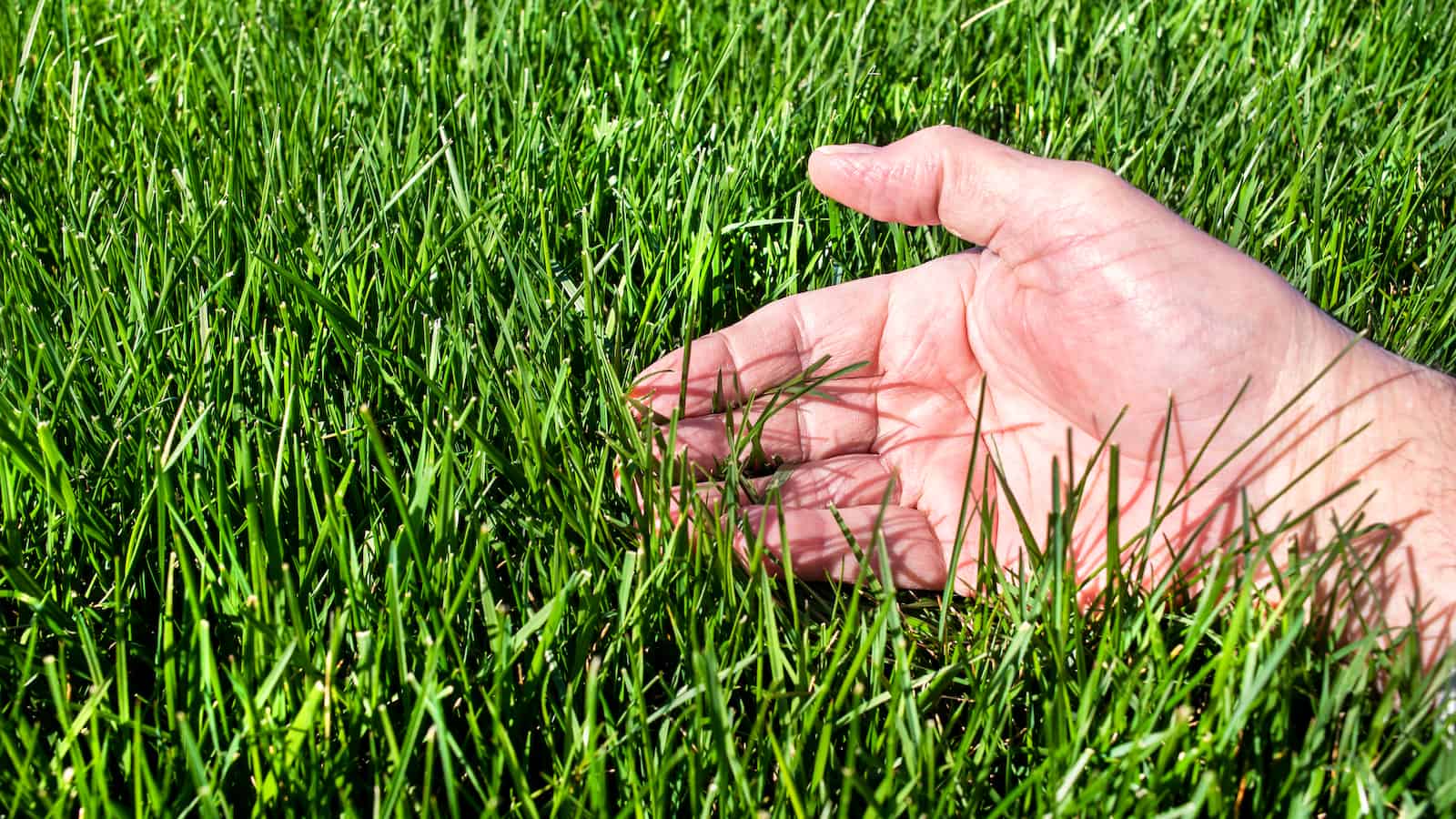
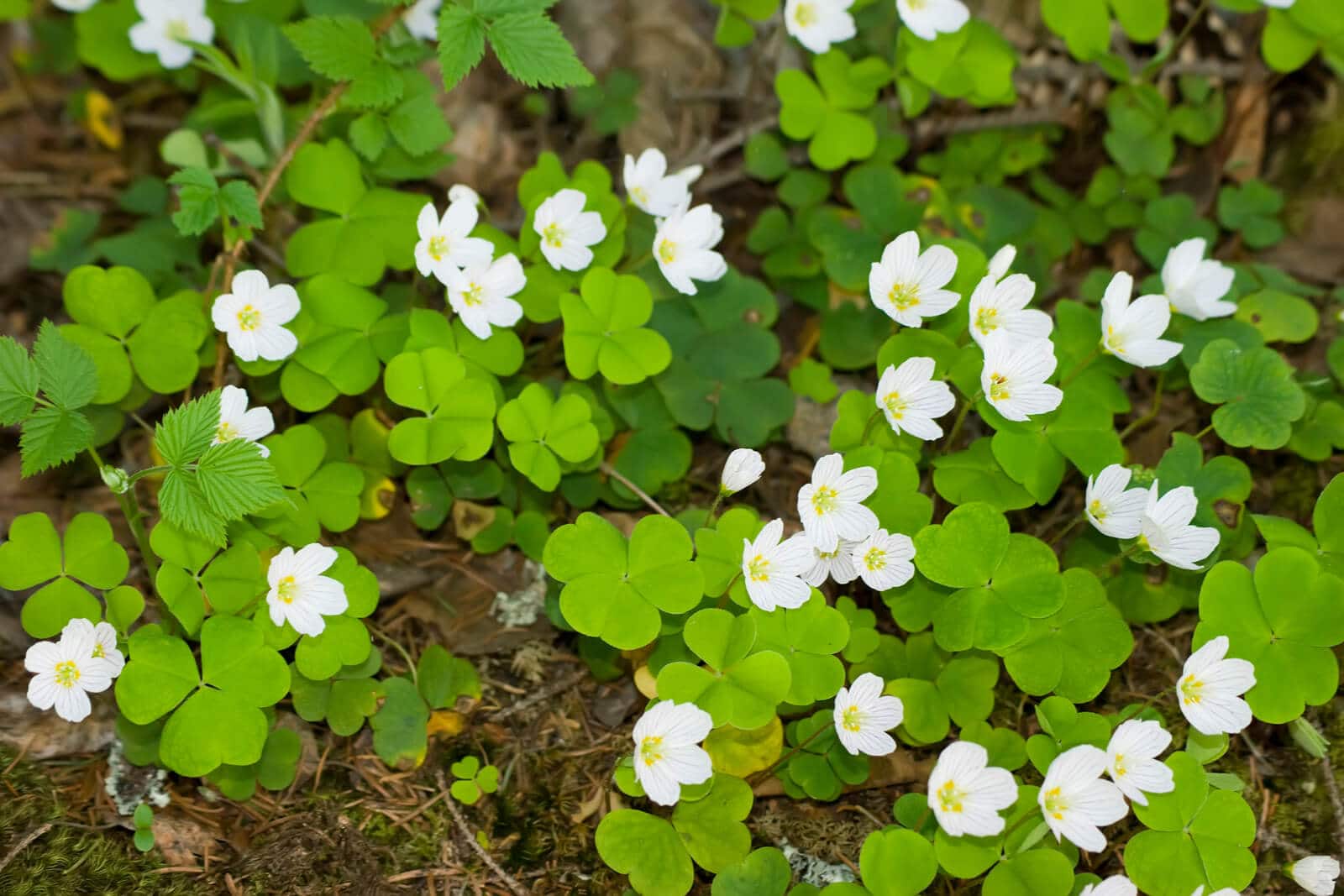
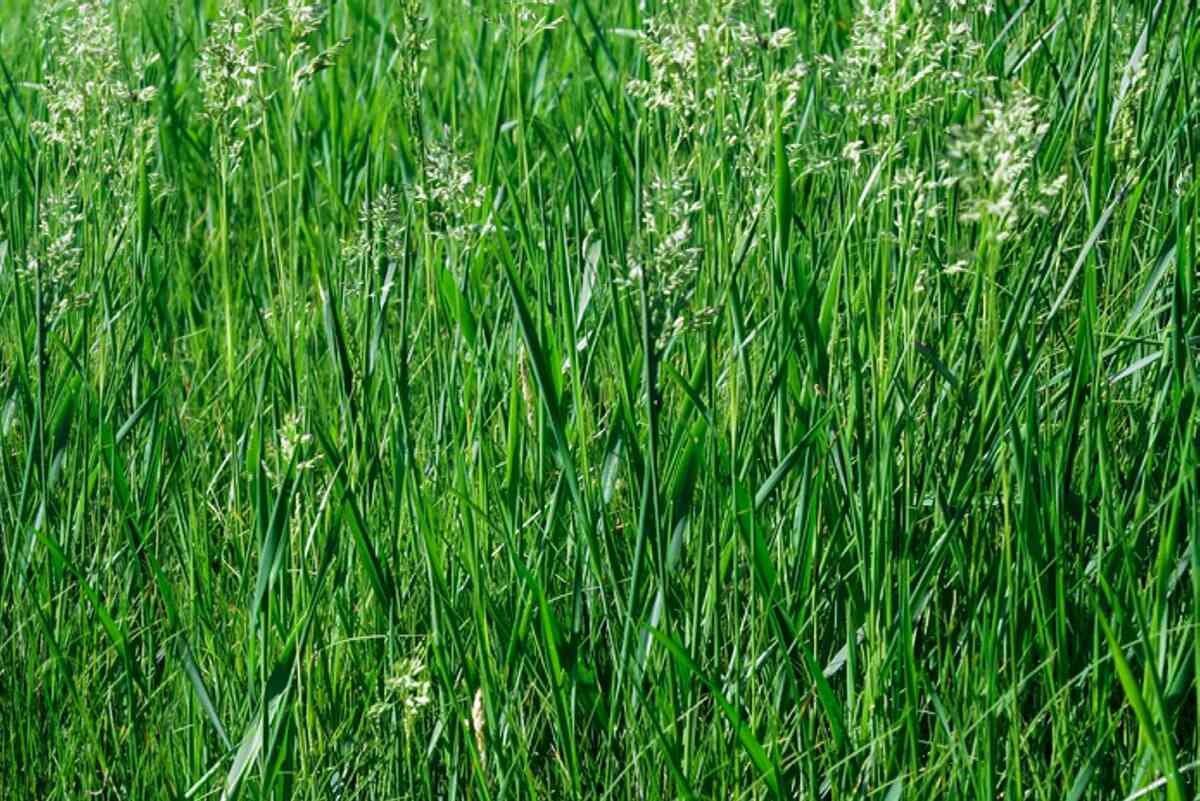
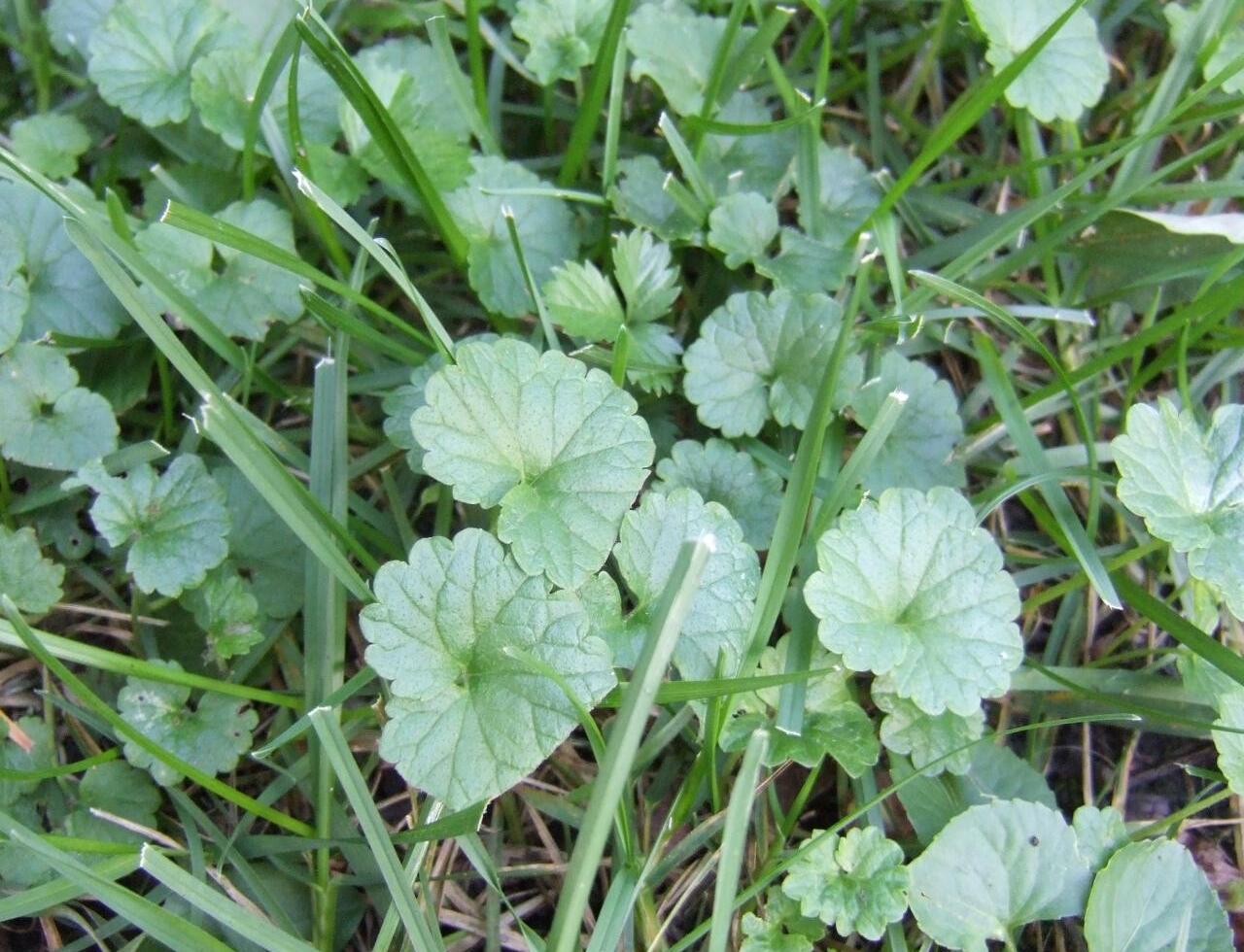
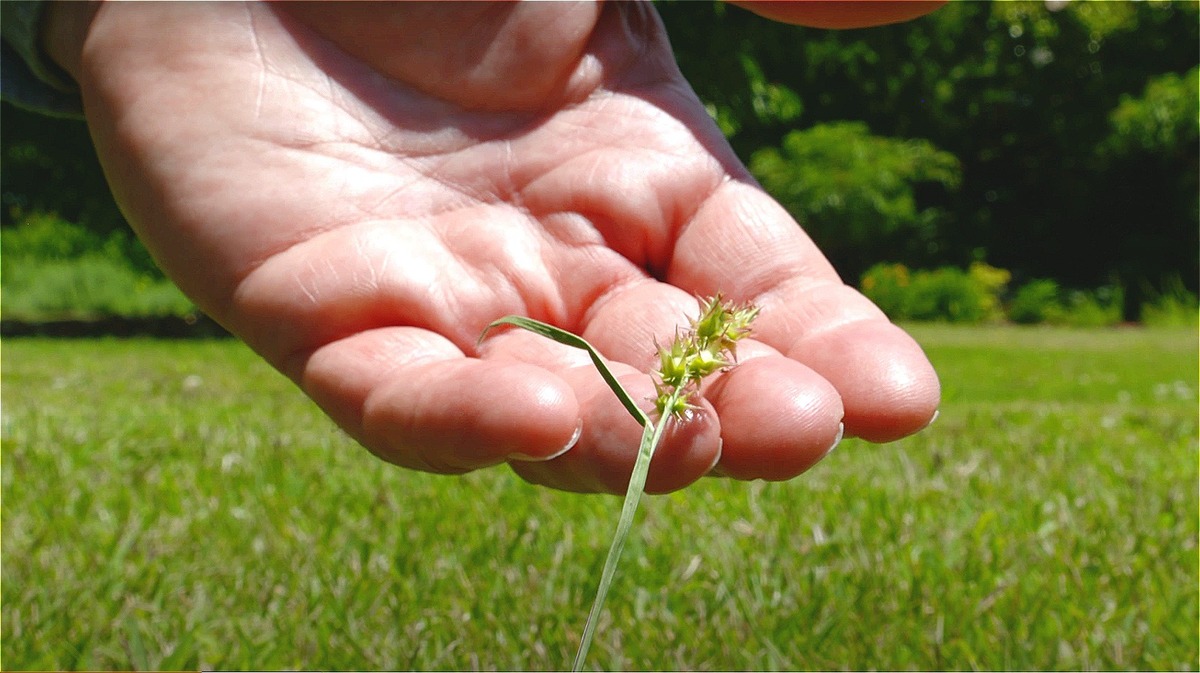
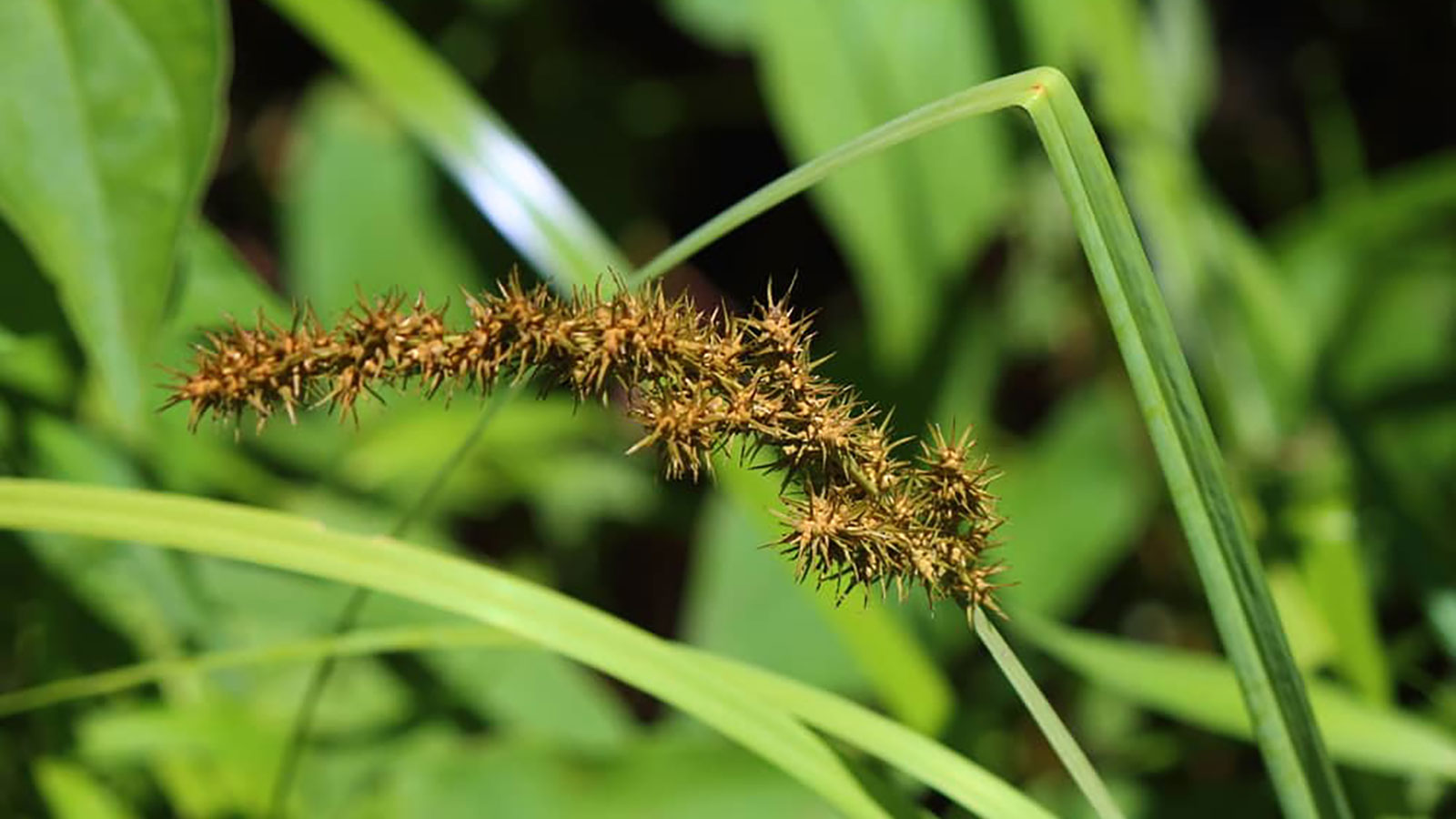
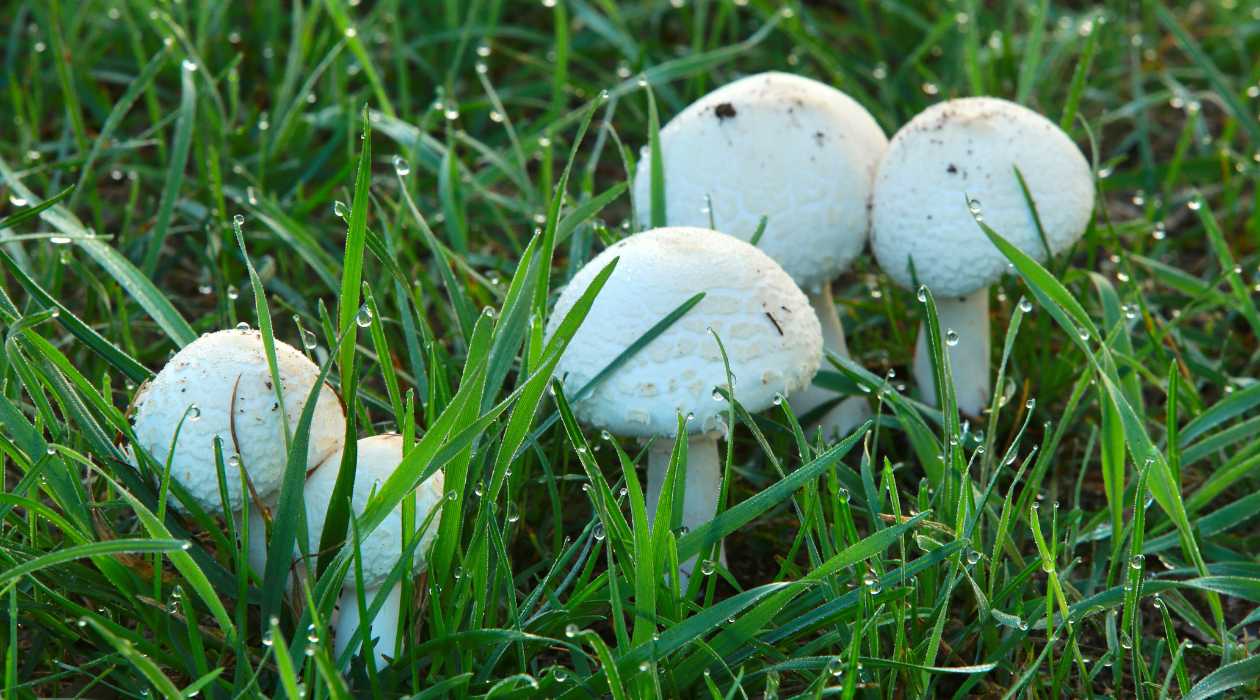
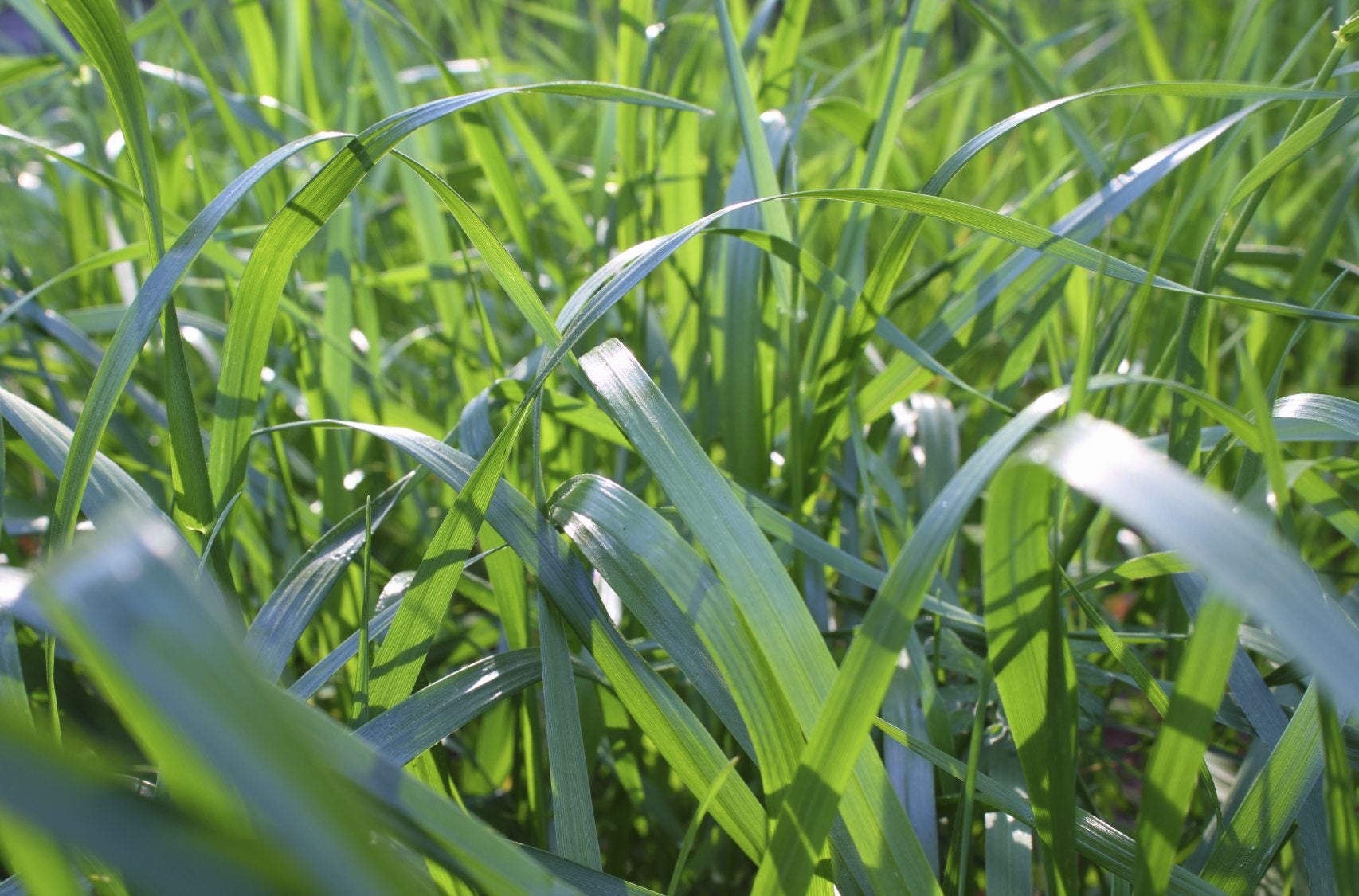

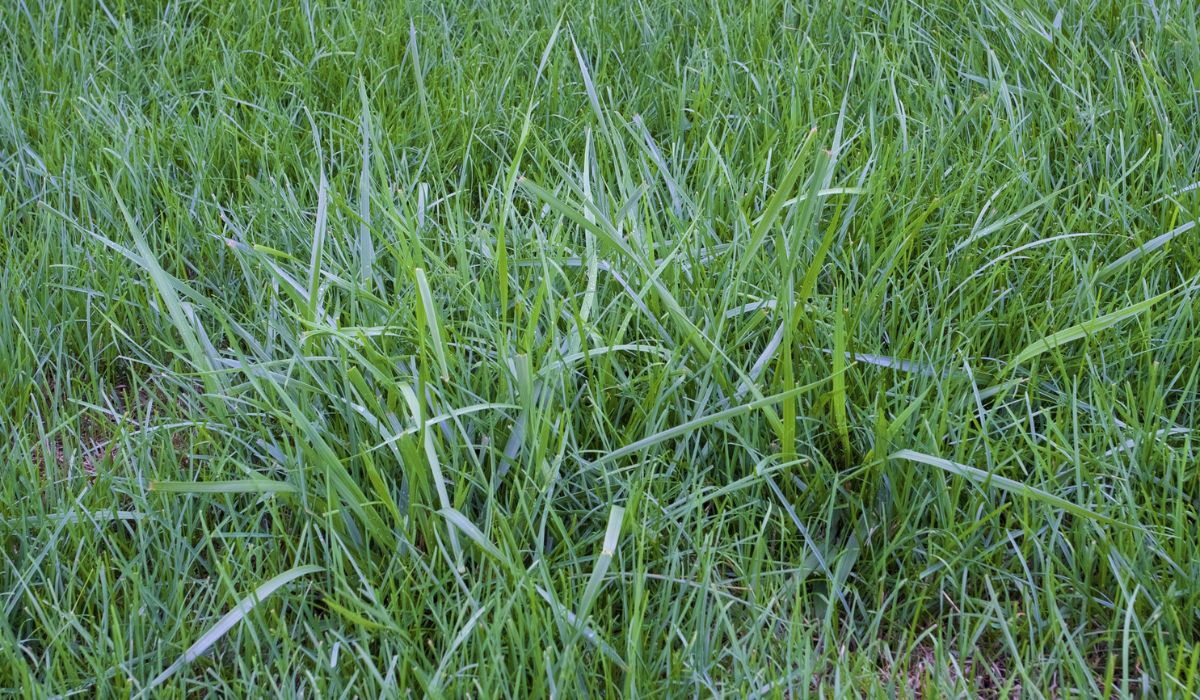
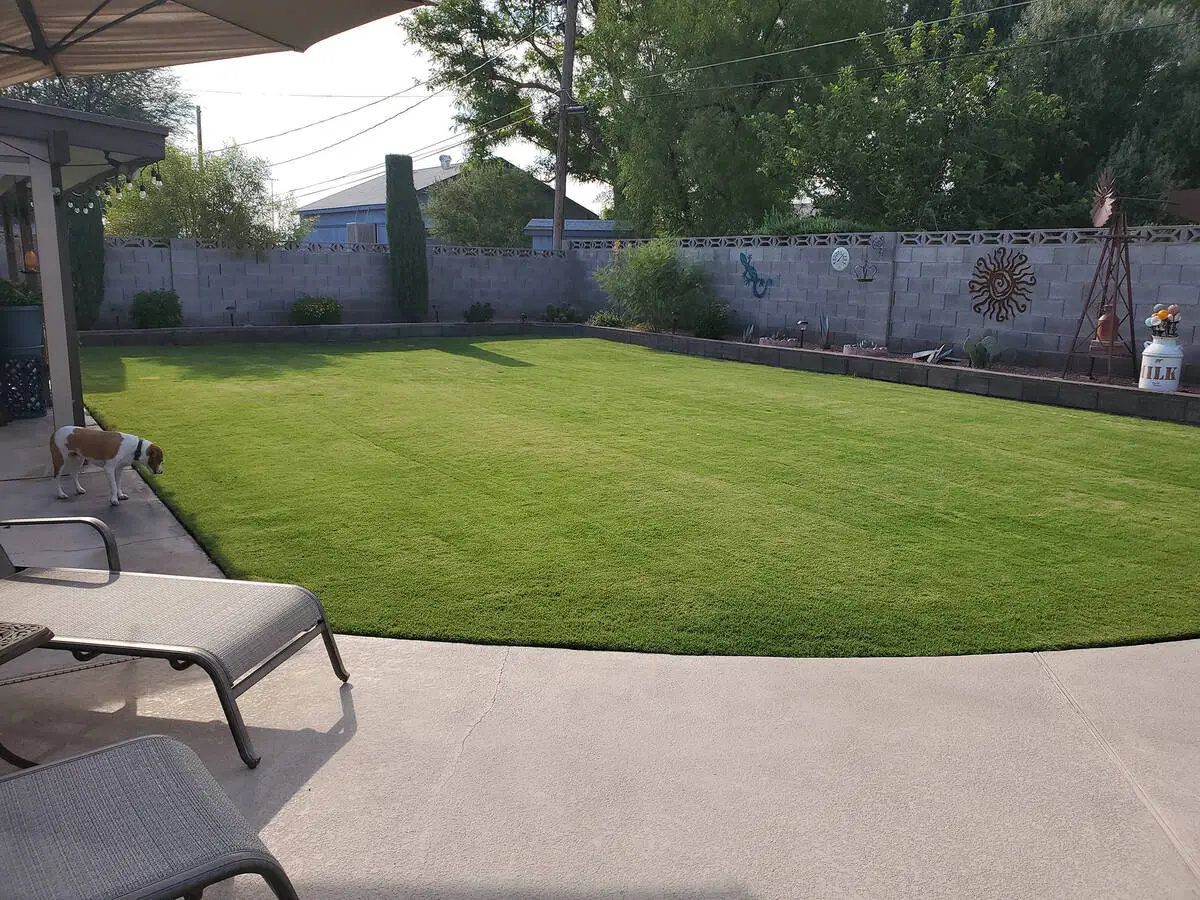
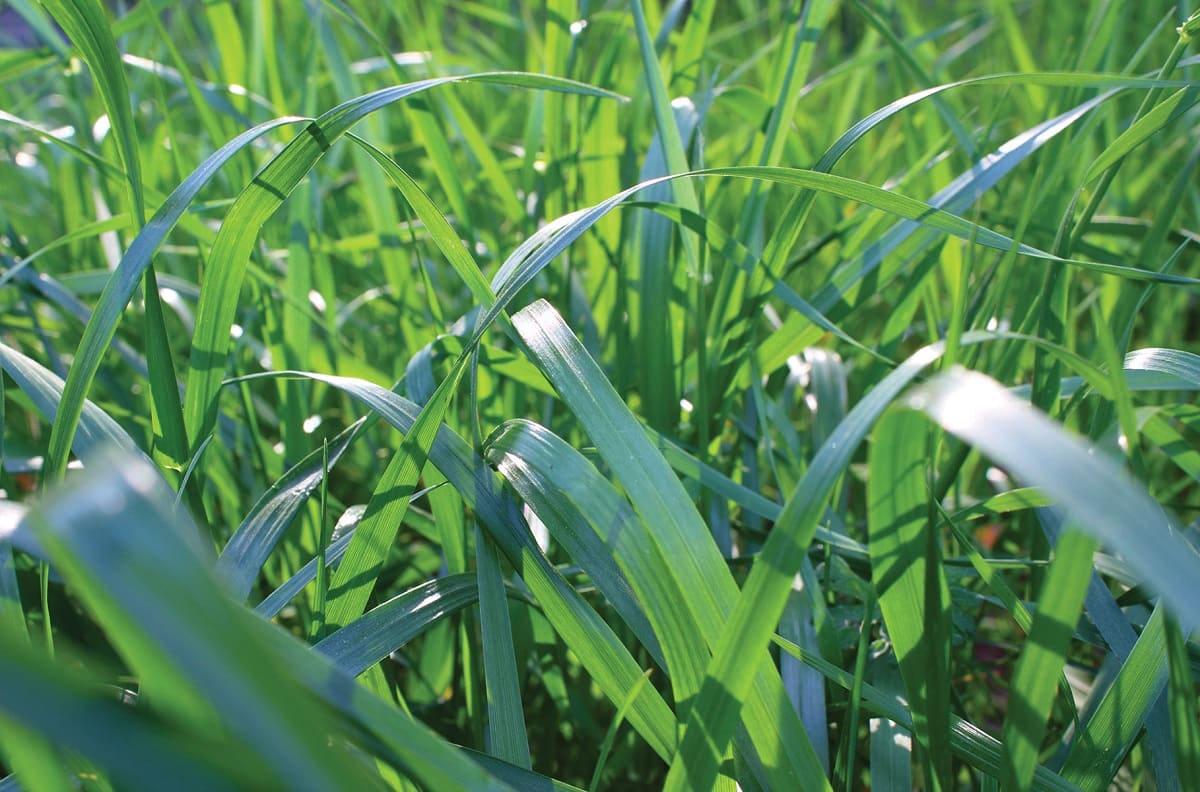
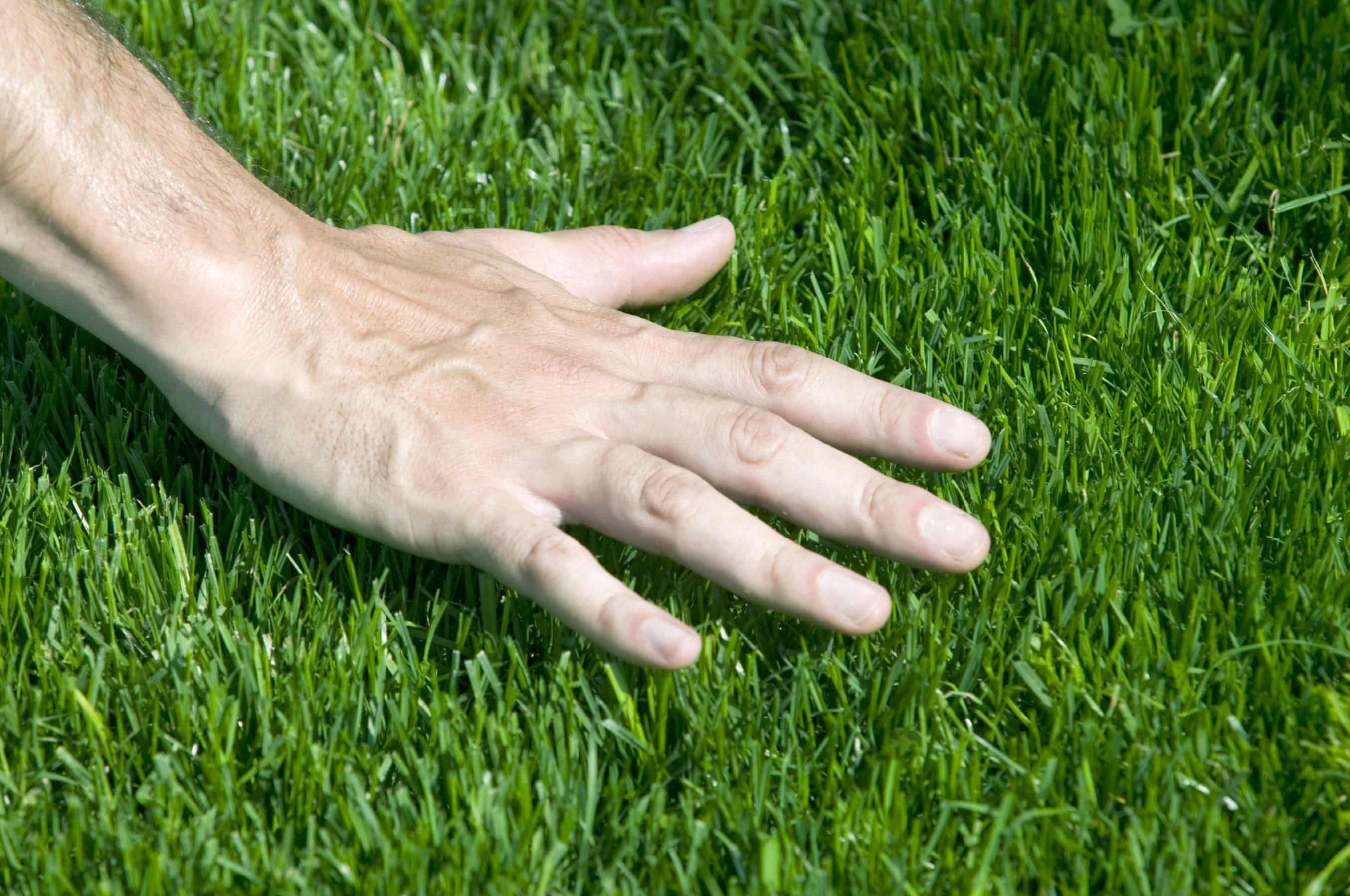
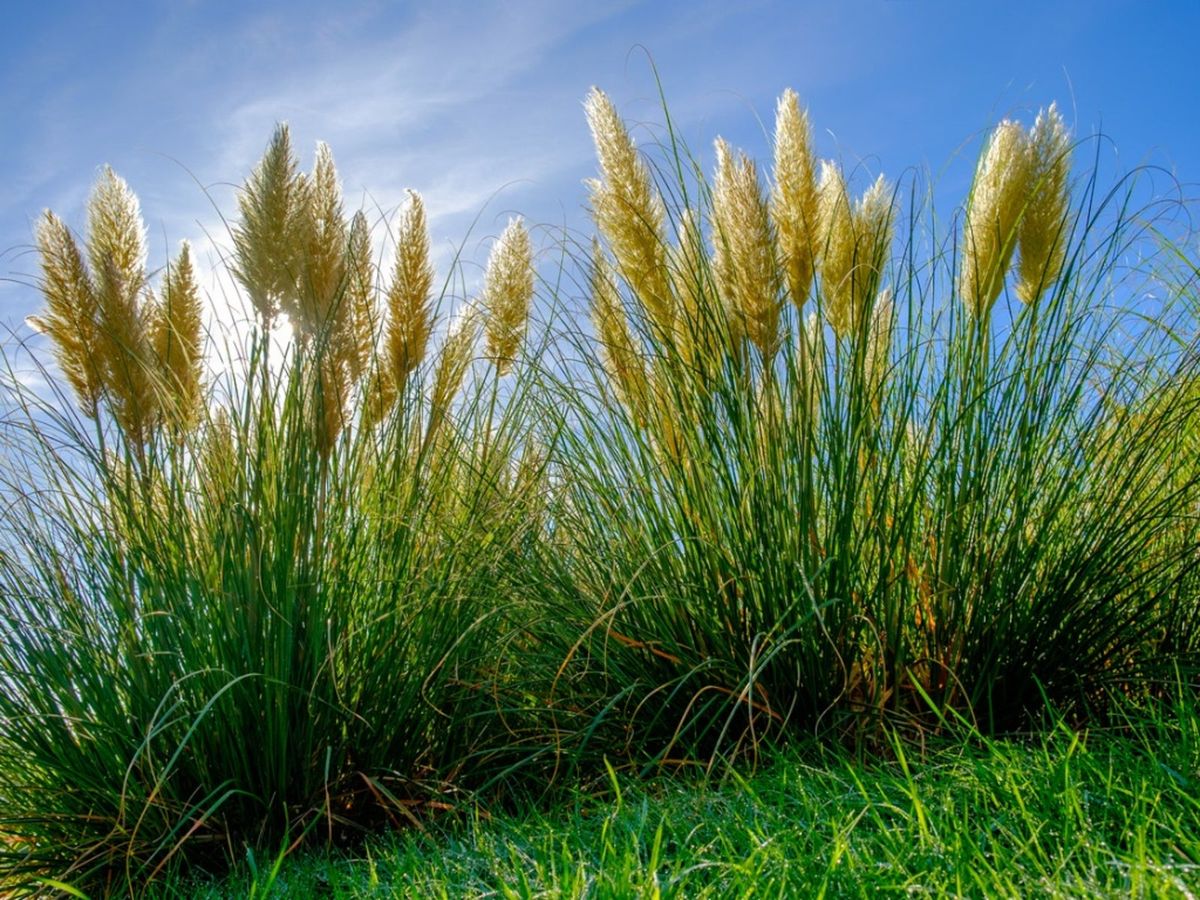

0 thoughts on “How To Get Rid Of Tall Fescue Without Killing Grass”